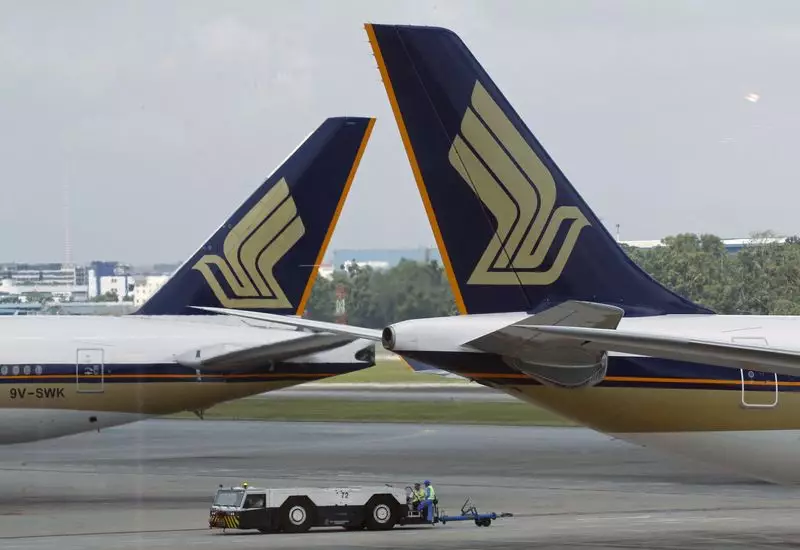Singapore Airlines recently announced the pricing of a $500 million U.S dollar bond due in 2034, with a fixed interest rate of 5.25% per annum. The bond launch was successful, with orders reaching over $4.5 billion and strong investor interest. However, it is crucial to critically analyze this bond issuance to determine its long-term implications for the company.
The initial pricing of the 10-year bond at U.S Treasuries plus 110 basis points was within the initial guidance of 150 bps. This competitive pricing strategy helped attract investors and resulted in oversubscription for the bond issuance. The notes being issued at a price of 99.646% enable the company to secure funds at an attractive rate. However, the 5.25% fixed interest rate may be considered high compared to other offerings in the market, raising concerns about the company’s borrowing costs.
Singapore Airlines plans to utilize the proceeds from the bond issuance for aircraft purchases, aircraft-related payments, and general corporate or working capital purposes. While these investments are essential for the company’s growth and operational requirements, the lack of specific details on the allocation of funds raises questions about transparency and accountability. Shareholders and investors need clarity on how the funds will be used to generate returns and enhance the company’s financial performance.
Despite the successful bond issuance, Singapore Airlines’ stock price was trading 0.5% lower at $S6.39 on the day of the announcement. This underperformance compared to the local benchmark index’s 0.4% decline indicates investor concerns or dissatisfaction with the company’s financial strategy. The market perception of the bond issuance’s impact on the company’s future earnings and growth prospects may have contributed to the stock price movement. Investors are closely monitoring the company’s debt levels and capital allocation decisions to assess its long-term sustainability.
Citigroup, DBS, HSBC, and JP Morgan served as the joint coordinators and bookrunners for the bond issuance, highlighting the participation of leading investment banks in the transaction. The involvement of reputable financial institutions signals confidence in Singapore Airlines’ creditworthiness and market reputation. However, the company’s reliance on external financing and bond issuances raises concerns about its financial flexibility and debt servicing capabilities. Building strong stakeholder relations and maintaining transparent communication are essential for addressing investor inquiries and ensuring continued market support.
Singapore Airlines’ U.S dollar bond issuance presents both opportunities and challenges for the company. While the successful pricing and oversubscription reflect investor confidence in the airline industry’s recovery, the high fixed interest rate and stock price performance raise questions about the company’s financial health and strategic decisions. Moving forward, Singapore Airlines must focus on efficient capital allocation, transparent communication, and sustainable growth strategies to enhance shareholder value and long-term competitiveness.

